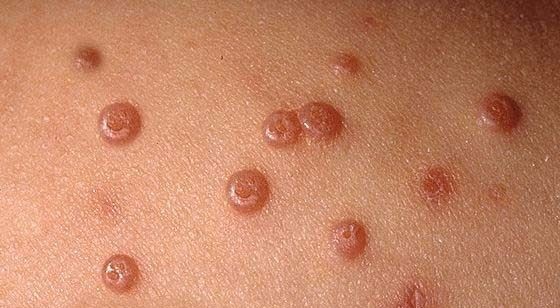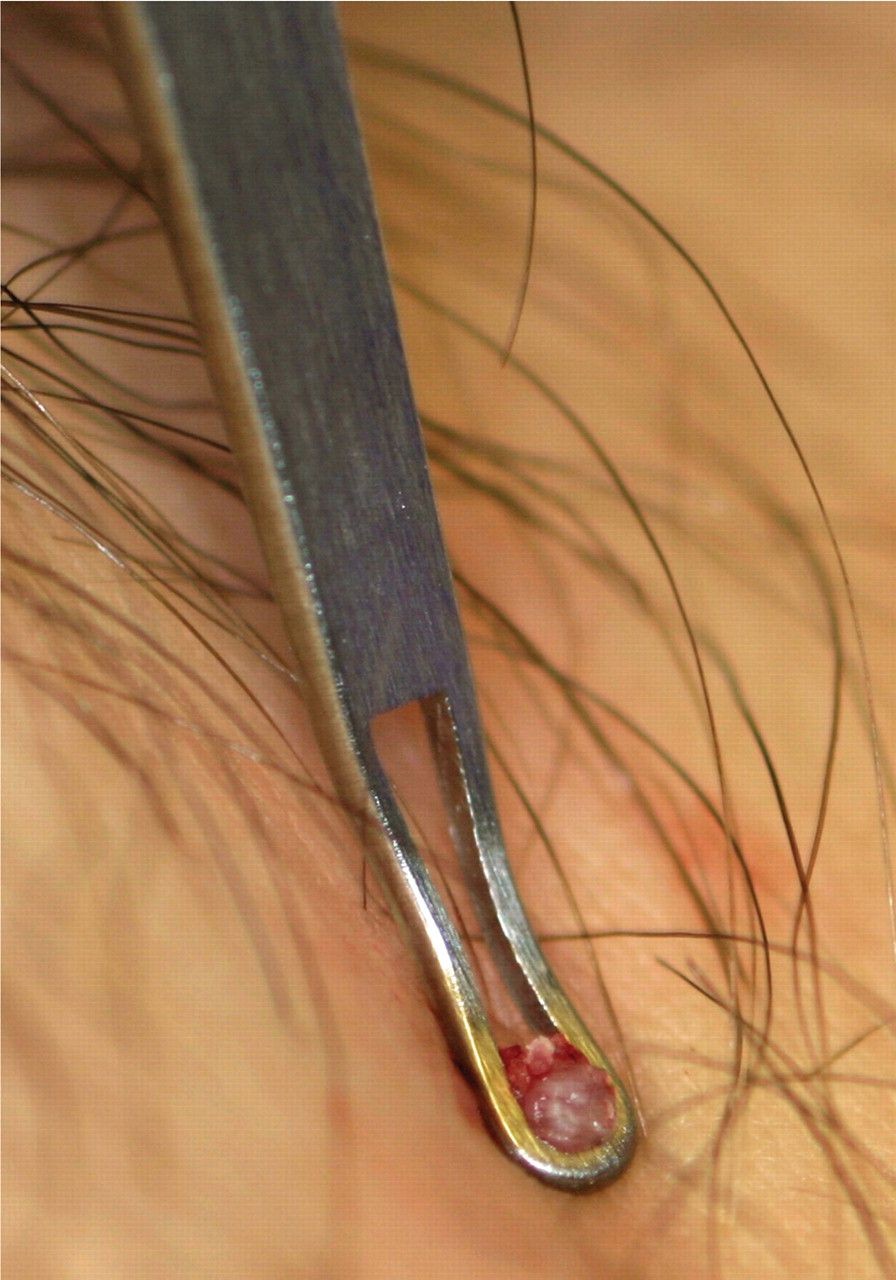Location of growth acne which is normal on the face or back. However, what if pimples grow on the genital area or around the genitals? Perhaps, this is molluscum contagiosum. This medical condition can occur in children and adults of all genders.
Want to know more about molluscum contagiosum? How is it transmitted and how fast? Check out the complete explanation from dr. Anthony Handoko, Sp.KK, FINSDV, CEO of Pramudia Clinic, virtually on Wednesday (4/11/2020). Let’s find out more!
1. It is estimated that there are 1,200-1,400 cases per 100,000 population
Molluscum contagiosum is a skin infection caused by the DNA virus and is still in the viral family group pox. The mode of transmission is from skin-to-skin contact or touching clothes of an infected person.
“Molluscum contagiosum is only in the upper skin layer (epidermis) and attacks thin skin or in folds, such as arms, elbows, thighs, etc. The virus incubation period is around 2-6 months,” said dr. Anthony.
In a way, molluscum contagiosum is rarely discussed, even at medical symposia or seminars. As a result, there is minimal information and accurate statistical data that can be known by the public. Doctor Anthony cited, one of the data stated that there were 1,200-1,400 cases per 100,000 population. Of course, there are still many cases that go undetected.
–
2. At first glance similar to acne, but there are slight differences
 nasgp.org.uk–
nasgp.org.uk–
How to recognize molluscum contagiosum? It has a very distinctive shape, looks like a pimple, is white or pink, and has a dimple or indentation in the middle. Molluscum contagiosum rarely appears on the back or chest because the skin in that area tends to be thick.
“Most people have no symptoms. There is no pain, pain, or itching. If there is itching, it must be minimal. What is clear is that the transmission is quite fast,” dr. Anthony confirmed.
Molluscum contagiosum can appear as a single disease or in conjunction with other diseases such as genital warts or herpes. In fact, because it is related to immune status, the amount of molluscum contagiosum is probably a marker for a positive person HIV.
–
3. Mode of transmission can be from sexual and nonsexual contact
 insider.com–
insider.com–
Continue reading the article below
Editor’s picks
–
According to dr. Anthony, there are four ways of transmission of molluscum contagiosum. The most frequent is from sexual contact, followed by non-sexual contact such as holding tight hands. There is also autoinoculation, which is the spread of molluscum contagiosum due to scratching.
“Another way of transmission is fomites, as a result of sharing personal items such as towels. There are also reports of transmission through bathing in the swimming pool, but (both) have not been confirmed, “said the alumnus of the Atma Jaya Catholic University of Indonesia.
What is clear, close, intense, and repeated skin-to-skin contact will accelerate the spread process. Ideally, so as not to be exposed, avoid direct contact with people with molluscum contagiosum. However, this is difficult to do because the sufferer himself may not be aware that he has the disease.
Also Read: Itchy Skin? Maybe You Have These 10 Medical Conditions
–
4. To treat it, the cell nucleus or body of the molluscum must be removed from the skin
 clinmedres.org–
clinmedres.org–
Despite their similar appearance, the treatment of molluscum contagiosum and acne is not the same. According to dr. Anthony, we have to destroy the molluscum. The nucleus or body of the molluscum must be removed from the skin. If not, maybe a few months later it will arise again.
There are several actions to treat molluscum contagiosum. Starting from burning nodules with a laser beam, smearing with salicylic acid, scraping with special medical tools (such as curette or scraping), to freeze the nodule with liquid nitrogen. When the procedure has been carried out, the patient must be controlled again to prevent re-infection.
–
5. What precautions can be taken?
 my-doc.com–
my-doc.com–
An ounce of prevention is worth a pound of cure. Advice from dr. Anthony is to avoid direct contact with sufferers, must regularly check himself if he is sexually active, and observe the skin thoroughly to know if there are changes.
“Molluscum contagiosum is not dangerous, different from herpes, genital warts, or gonorrhea. However, this disease can interfere with appearance and comfort. What is more worrying is that the number is increasing and can be transmitted to other people,” dr. Anthony warned.
Come on, get used to it from now on to examine your own body. If there is a suspicious change, see a doctor immediately, OK!
Also Read: 7 Important Facts about Sunburn, Sunburned Skin
–
–


